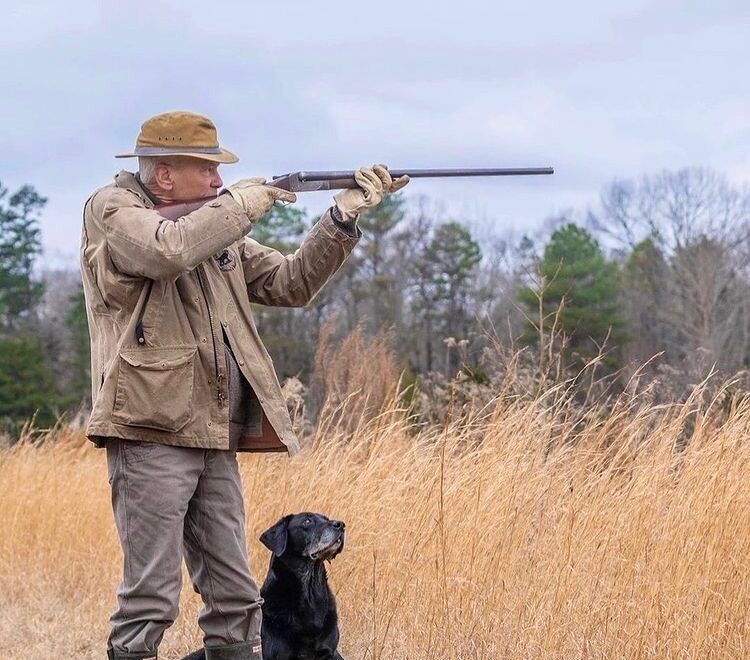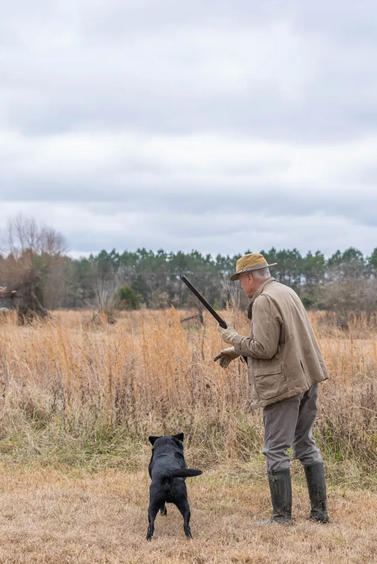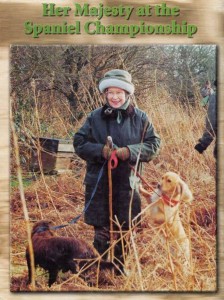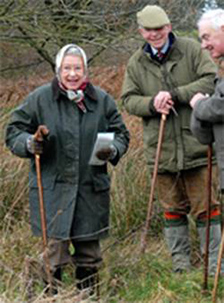Rules of Engagement for the Covey Rise

Enjoying a day afield quail hunting with a well-trained retriever is something special. Watching all the dogs working: pointers, flushers & retrievers doing what they love. To me, this is a hunt that is hard to beat.
Seeing a pointer locked on the scent of “king bird” tucked in cover is exciting to witness as the dog’s keen intensity anticipates your approach and the inevitable flush. The same will be true with your retrievers at heel. Their anticipation will definitely be keen as well.
Now, the first question for the handler arises. Will our hunting companion be used to “strike” – that is flush the birds from cover, or is it preferable to steady the retriever backing the pointers as the shooters or guide makes the flush, then utilize the retriever to recover game? Circumstances (and appropriate training) dictate which approach the shooter/handler selects but in either situation, steadiness to flush – wing – shot matter. Despite the likelihood that the pointers may well not do so after the flush, The Wildrose Way requires steadiness.
Why?
A dog running in to chase birds will likely not see as many of the shot birds fall missing the opportunity to recover birds quickly.
Danger: running in under the guns exposes the dog to a wayward shot taken too low.The unsteady dog bolting afield may well flush secondary birds that did not fly on the initial “rise.” Opportunities missed.
The retriever chasing flushed birds, often supported by pointers thrashing about each on independent frolics, will push the flushed birds in flight further away, perhaps into dense cover before they settle making the prospect of locating singles less successful.
With the issue of steadiness to flush, whether backing or striking addressed, let’s turn our attention from the dog’s performance expectations to the responsibilities and considerations for the shooter/handler at the scene of a point. What’s on your mind?
The pointers have located what could be a covey and remain solid on point and backing as shooters approach. The retriever is at heel moving forward with his hunting partner toward an appropriate shooting position. The retriever is placed, backing with the command ‘whoa’ or ‘sit/stay’ as the adrenaline rises with both gundogs and hunters. The shooter/handler approaches the cover likely holding birds at an angle to the pointer moving forward of the dog ready for the flush all the while keeping mindful attention on several important factors. What should be going through the shooter-handler ‘s mind on the approach?
 Cover Rise – Rules of engagement for the wingshooter/gundog handler:
Cover Rise – Rules of engagement for the wingshooter/gundog handler:
Target acquisition: pick a bird in flight making absolutely sure of a clear, safe shot. No low birds. Where are the dogs, the other hunters, the guide? A misplaced shot due to excitement or intention becomes very unpopular.
Where’s your dog as you approach? Steady or creeping forward? Preparing to break at the first opportunity? Will they run in to flush birds or chase birds when flushed? Will the retriever chase other dogs after the flush? If you shoot, and a bird falls, will your gundog remain steady?
The shooter/handler must mark birds down as they will be expected to work their retriever for prompt recoveries. That’s the retriever’s job, no bird left behind. Handlers should pinpoint as many of the falls as possible to place their dog in the proper area.
Keep an eye on all dogs working the field as you attempt to locate birds. One annoying behavior may occur with a fast-moving gundog that locates a bird, picks it, but has no inclination to return the bird to hunters. This dog enjoys a bit of a run around with the trophy then drops the bird and moves on. Keep an eye on all dogs moving about or a bird may be lost, or a great deal of time will be expended in the attempt to locate the displaced game.
As you work your retriever for recovery, watch for a secondary flush of singles as the single may offer you another opportunity. Be aware of your position and the location of dogs and hunters wandering about looking for their own birds. Everyone now may be scattered about the field so close attention must be paid before taking the shot. Safely first always.
Wing shooters handling their own dog at a point-flush demands concentration while avoiding overexcitement. Prepare your dog’s behavior through training and prepare yourself through mental conditioning. Know your dog’s abilities and limitations. Focus your attention on an approach to point on several important awareness factors:
Where is your dog?
Where are the dogs on point & backing – will they run in on the flush?
Where are other hunters, guides, vehicles?
Where are the birds? Take only clear shots, never low ones.
Stay calm walking in on the flush – it’s exciting!
One thing is for sure, as a shooter/handler on a quail hunt, a covey rise is never boring. Aim well muchachos!
Training the Upland Gundog
Preparing your gundog companion for an upland wing shoot is a fun experience following the Wildrose Way. Wildrose offers a step-by-step lesson training program for preparing your dog for quail, pheasant or chukar hunting. Choose from two platforms: the DVD or now download the course to your platform of choice for mobility, The Wildrose Way, Training the Upland Gundog – DVD – Wildrose Trading Co. (wildrosetradingcompany.com)
TheWildrose balanced training methodology has been successful in development retrievers, spaniels and versatile pointing breeds for field success, whether flushing, quartering or retrieving.
Follow the detailed training program and begin training your gundog for an upland field experience.
Good boy Deke.
Photos by Dwayne Bratcher
cathy@uklabs.com



